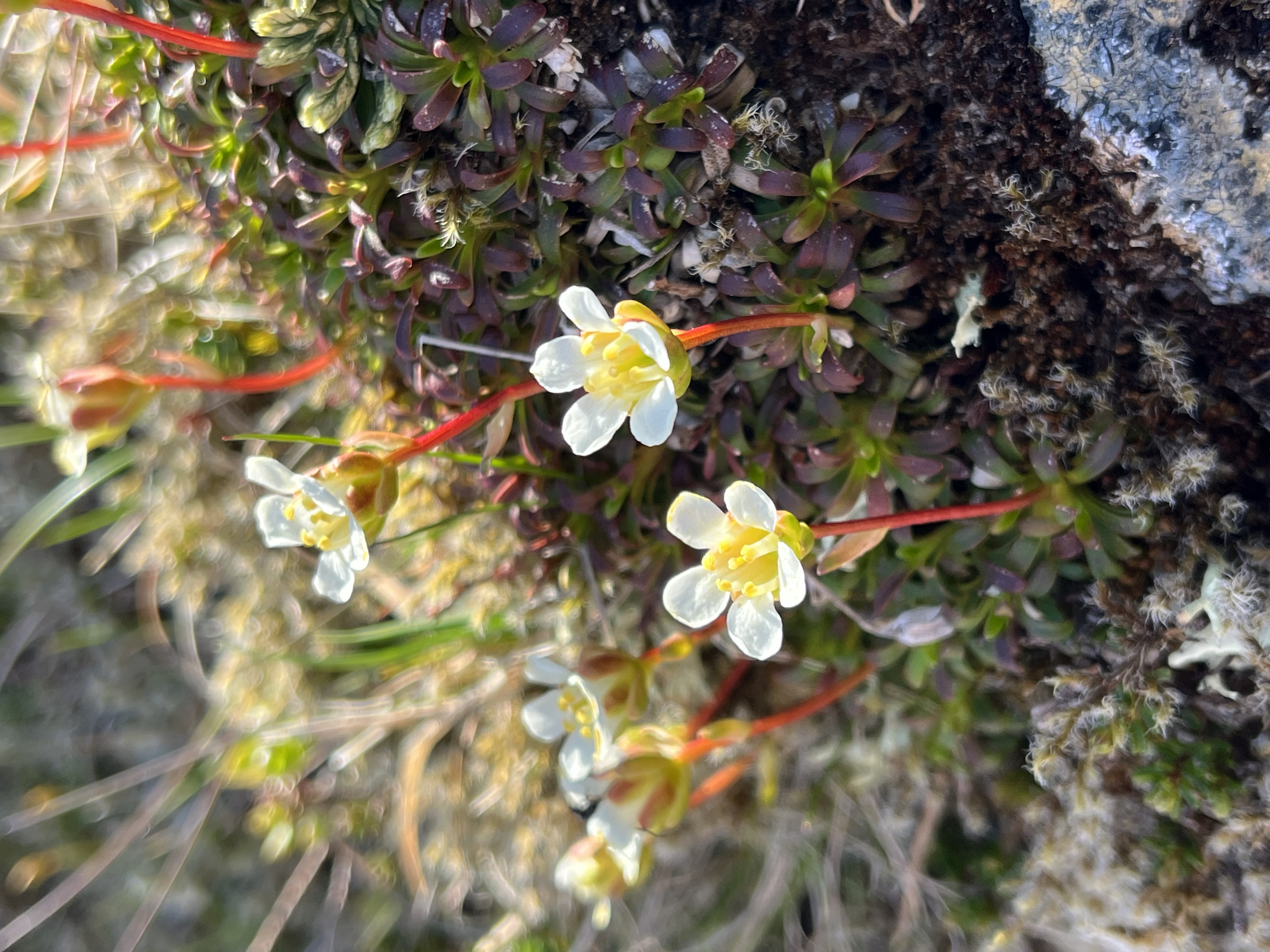The accumulation of hundreds of National Plant Monitoring Scheme plots across the UK, Isle of Man, and the Channel Islands is an incredible resource for climate change researchers, and a new paper out today in the Journal of Applied Ecology attempts to quantify this for the first time.

The new research, conducted by NPMS researchers at Plantlife, UKCEH and the University of York, uses past observed and future modelled climate data to create an index of expected climate change in every 1 km square of the UK. This “climate change exposure” measure integrates changes in things such as seasonal temperatures and rainfall to create a single estimate of how much overall climatic change is expected in any given location between various multi-year periods. The results show how far human-driven climate change has shifted conditions from their state at the beginning of the 20th Century—and how much more change could be in store over the coming decades. The research also reveals the value of habitat monitoring initiatives such as the NPMS for tracking the impacts of these changes on nature in the UK.
The authors report that in each successive multi-year period studied “the UK’s climate change exposure has increased drastically: changes from the last decade to 2021–2040 are predicted to be far larger than those within the 20th Century.” Human-driven climate change is likely to fall hardest on arable and horticultural land, calcareous (i.e. high pH) grasslands, and urban and suburban areas. According to the findings, calcareous grasslands are the most exposed semi-natural habitat (as well as the most exposed of all between the 2021–2040 and 2061–2080 periods).
%20Dominic%20Murphy%20Plantlife.JPG)
The paper shows that climate changes are affecting the UK unevenly. As the paper states, “regionally, it falls more in southern, central and eastern England; locally, it is greater at higher-elevation locations than nearby areas at lower elevations.” In a worst-case scenario for greenhouse gas emissions, much of England could experience Mediterranean-type climatic conditions—with hotter, drier summers—by 2061–2080.
Warming temperatures have seen some wild plant species such as Lizard orchid (Himantoglossum hircinum), Bee orchid (Ophrys apifera) and Pyramidal orchid (Anacamptis pyramidalis) expand their ranges. Some rare arctic-alpine plants including Norwegian Mugwort (Artemisia norvegica), Diapensia (Diapensia lapponica), and Mountain Sandwort (Sabulina rubella) are also likely to be at risk of going extinct in Britain as our uplands become more temperate.

The study also reveals how the NPMS plays a crucial part among the UK’s habitat monitoring schemes: plots created between the beginning of the scheme in 2015 and 2020 demonstrated excellent coverage of the climate change exposure gradients to which many habitats are likely to be exposed in the coming years. This information will help to direct future research using NPMS plant community data, highlighting where volunteer-contributed information is most likely to provide insights into climate-driven changes in our most valuable semi-natural habitats. The NPMS also hopes to make the supporting climate change exposure data available to volunteers in an interactive fashion in the coming months, supplementing other geographic information already available for their adopted squares.
Supporting information
• The report is freely available at the following weblink: https://doi.org/10.1111/1365-2664.14455
• Links to the climate change exposure and other supporting data on the NERC Environmental Information Data Centre can be found on our Conservation and research page.


